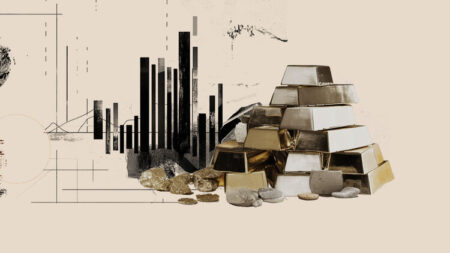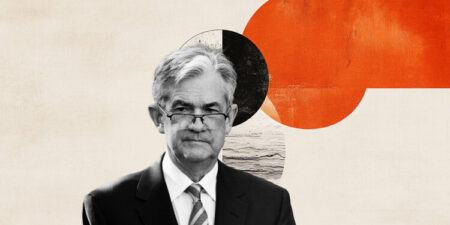- The US Dollar trades without a clear bias against the Yen, fluctuating around 147.50 on Monday.
- Investors await the US CPI data on Tuesday to put directional bets on the US Dollar.
- The yen remains on its back foot amid the uncertainty about the BoJ’s monetary policy.
The US Dollar is trading within a tight range on both sides of the 147.50 level against the Japanese Yen on Monday, with traders wary of placing directional US Dollar bets ahead of Tuesday’s US Consumer Prices Index report.
Recent US employment data has prompted investors to ramp up bets of the Federal Reserve easing in September, and the market will be looking at Tuesday’s consumer inflation figures to confirm those bets.
July’s CPI, however, is expected to show that the impact of tariffs is starting to boost price pressures higher. The headline CPI is seen accelerating to a 2.8% year-on-year reading, from 2.7% in June and 2.4% in May, while the core inflation is expected to have returned to the 3% yearly rate, from 2.9% in the previous month.
Investors remain wary of higher-than-expected inflation. This would pose a serious challenge to the Federal Reserve’s policymakers in the context of a labour market slowdown.
The Japanese Yen, on the other hand, remains vulnerable as the BoJ Summary of Opinions underscored the uncertainty surrounding the bank’s policy and cast doubt over the possibility of further rate hikes in the near term.
Bank of Japan FAQs
The Bank of Japan (BoJ) is the Japanese central bank, which sets monetary policy in the country. Its mandate is to issue banknotes and carry out currency and monetary control to ensure price stability, which means an inflation target of around 2%.
The Bank of Japan embarked in an ultra-loose monetary policy in 2013 in order to stimulate the economy and fuel inflation amid a low-inflationary environment. The bank’s policy is based on Quantitative and Qualitative Easing (QQE), or printing notes to buy assets such as government or corporate bonds to provide liquidity. In 2016, the bank doubled down on its strategy and further loosened policy by first introducing negative interest rates and then directly controlling the yield of its 10-year government bonds. In March 2024, the BoJ lifted interest rates, effectively retreating from the ultra-loose monetary policy stance.
The Bank’s massive stimulus caused the Yen to depreciate against its main currency peers. This process exacerbated in 2022 and 2023 due to an increasing policy divergence between the Bank of Japan and other main central banks, which opted to increase interest rates sharply to fight decades-high levels of inflation. The BoJ’s policy led to a widening differential with other currencies, dragging down the value of the Yen. This trend partly reversed in 2024, when the BoJ decided to abandon its ultra-loose policy stance.
A weaker Yen and the spike in global energy prices led to an increase in Japanese inflation, which exceeded the BoJ’s 2% target. The prospect of rising salaries in the country – a key element fuelling inflation – also contributed to the move.
,
Read the full article here















